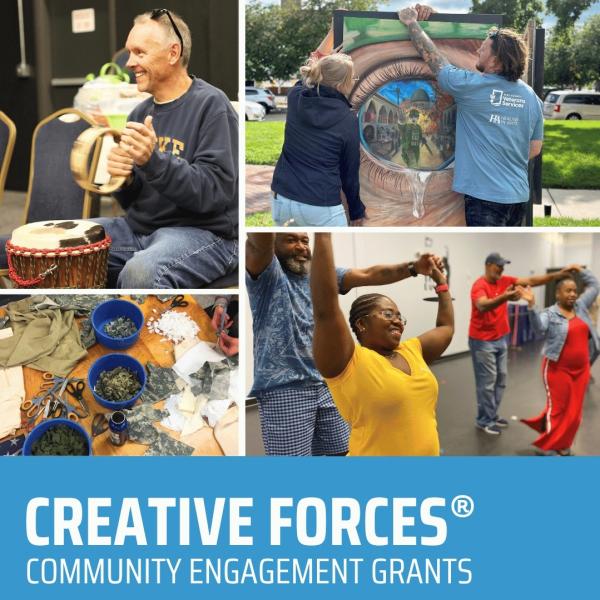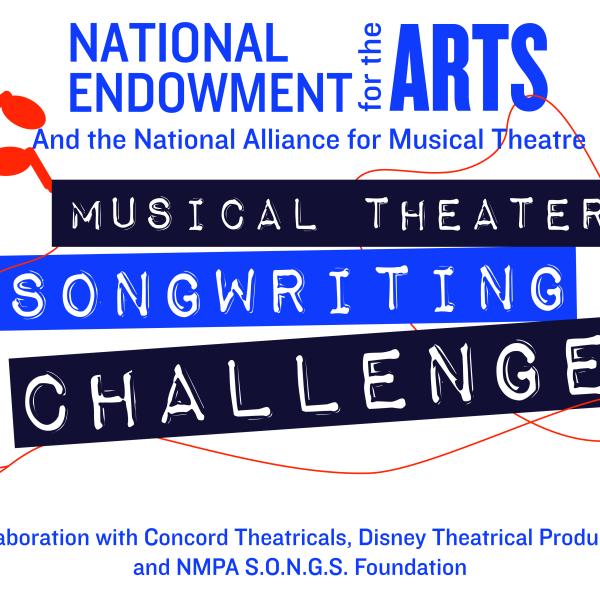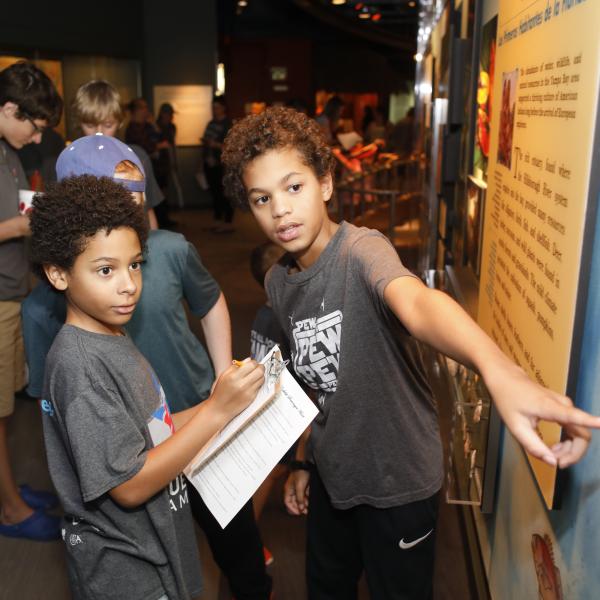The National Endowment for the Arts Presents a New System Map to Guide Research Agenda Over the Next Five Years
WASHINGTON, DC -- How do you measure how art works -- on people, on communities, or on society? It's a broad question, and the National Endowment for the Arts offers an ambitious plan to "map" the arts to better understand and measure this complex, dynamic system. The NEA shares a new report, How Art Works, which describes the agency's five-year research agenda, framed and informed by a groundbreaking "system map" and measurement model. The announcement takes place at American University on Thursday, September 20, 2012, from 2:00 pm to 5:30 pm. The event is free and open to the public, and will be webcast live at arts.gov.
The How Art Works forum is led by Andrew Taylor, assistant professor at American University's Arts Management Program, which is hosting the event. Taylor is regarded as a thought leader in the field of arts management, and this is his first public event since arriving at American University. Other speakers will include NEA Chairman Rocco Landesman, NEA Director of Research & AnalysisSunil Iyengar; and Tony Siesfeld, lead project consultant and partner, Monitor Institute, whose consultation resulted in the NEA report. Additionally, two panel discussions with leaders from practice, policy, and research will respond to the report, along with audience questions and discussion.
"The NEA is a national leader in commissioning, collecting, and disseminating objective and reliable data, research, and analysis about the arts and their effects on individuals and communities,” said NEA Chairman Rocco Landesman. "For the first time, we have created a map that allows us to organize this work to see where gaps exist and to point to the next generation of research questions. We invite other public and private stakeholders to join us in using this map as a starting point for debate and inquiry."
"My colleagues and I in the Arts Management Program at American University are thrilled to host a public forum on this important report," said Andrew Taylor. "It has never been more essential to build a system-wide view of the arts and how they work to impact our lives and our communities. We're looking forward to a vibrant discussion and debate in person and online."
The map is grounded in the theory that arts engagement contributes to quality of life in a virtuous cycle from the individual level to the societal level, and back. The map helps illustrate the dynamic, complex interactions that make up this particular system, from "inputs" such as education and arts infrastructure, to "outcomes" such as benefits of the arts to individuals and communities. The NEA developed the map through a series of dialogues with researchers, policymakers, and practitioners in the arts, economics, education, health, and other fields.
The NEA's new research agenda will use the system map as a conceptual framework for current, ongoing, and planned projects, to see how they relate to each other and to fill in research gaps. NEA research will fall into two broad categories: analyzing evidence of the arts' value and evidence of the arts' impact. For more than 30 years, the NEA has contributed to a wealth of research literature that measures aspects of the U.S. arts ecosystem, such as arts audiences, arts learners, arts workers, and arts organizations. Focusing on the arts' "value," such research is on display in the NEA's Survey of Public Participation on the Arts and Artists in the Workforce, and will continue under the new research agenda. More recently, though, the NEA has also explored impact analysis, or how the arts affect other domains of American life, such as education, health and well-being, community liveability, and economic prosperity. This new line of inquiry is revealed in reports such as The Arts and Achievement in At-Risk Youth: Findings from Four Longitudinal Studies, and in federal partnerships such as the NEA's Task Force on the Arts and Human Development, which brings together 14 federal agencies and departments to identify gaps and opportunities in research on the arts' potential effects across the lifespan, from childhood to old age.
Live event and webcast
The public forum takes place on Thursday, September 20, from 2:00 pm to 5:30 pm at the Abramson Family Recital Hall in the Katzen Arts Center at American University, 4400 Massachusetts Avenue, NW, Washington, DC. The event is free and open to the public, however seating is limited and registration is required. Register online at http://how-art-works.eventzilla.net/. Media may RSVP to Sally Gifford, NEA Public Affairs Specialist at 202-682-5606 or giffords@arts.gov. A free, live public webcast of the event will be available for viewing at both arts.gov, and american.edu/cas/arts-management. An archived version of the webcast also will be available at arts.gov. Follow the conversation with live-tweets @NEAArts, #HowArtWorks.
About NEA Research
The NEA is the only federal agency to conduct long-term and detailed analyses of arts participation. For more than 30 years, the NEA Office of Research & Analysis has produced periodic research reports, brochures, and notes on significant topics affecting artists and arts organizations, often in partnership with other federal agencies such as the U.S. Census Bureau and the Bureau of Labor Statistics. Recently, the NEA announced a new research grant opportunity to foster more research on the value and impact of the arts on the nation. The NEA is committed to extending the conversation about arts participation by making data available to both the research community and the public at large.
About American University
American University is a leader in global education, enrolling a diverse student body from throughout the United States and more than 140 countries. Located in Washington, D.C., the university provides opportunities for academic excellence, public service, and internships in the nation's capital and around the world.
About the National Endowment for the Arts
The National Endowment for the Arts was established by Congress in 1965 as an independent agency of the federal government. To date, the NEA has awarded more than $4 billion to support artistic excellence, creativity, and innovation for the benefit of individuals and communities. The NEA extends its work through partnerships with state arts agencies, local leaders, other federal agencies, and the philanthropic sector. To join the discussion on how art works, visit the NEA at www.arts.gov.
Related Content
Contact
Sally Gifford
202-682-5606
giffords@arts.gov




